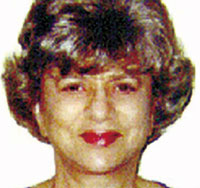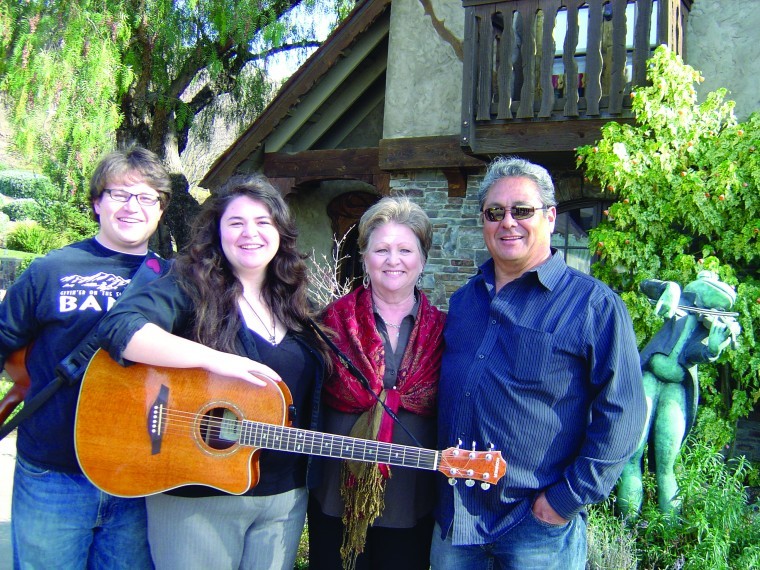What is Andalusia? Only one of the most beautiful areas in
Southern Spain. It is a region of mountains, and valleys. In the
valley by the Guadalquivir River, we find Seville, the capitol of
eight provinces of this area. The Andalusians are known for their
easy charm, grace, relaxed approach to life and for a slightly
condescending attitude toward the rest of Spain.
What is Andalusia? Only one of the most beautiful areas in Southern Spain. It is a region of mountains, and valleys. In the valley by the Guadalquivir River, we find Seville, the capitol of eight provinces of this area. The Andalusians are known for their easy charm, grace, relaxed approach to life and for a slightly condescending attitude toward the rest of Spain. Seville creates a perfect example of what Andalusians are all about. Established by the Romans, developed by the Moors, favored by Spain’s Catholic kings and made wealthy by the New World riches that poured into its ports, Seville is layered with culture.
City with cosmopolitan flavor
Beautiful sister provinces Cordoba and Granada have the flavor and ambiance of the countryside but Seville has the personality of the countryside with the sophistication and flavor of a cosmopolitan city. This is what makes her special. In the past her reputation reached poets and composers around the world. They integrated her into their prose and operas without having ever stepped foot on her soil.
Home of opera heroes
It was the home of the Gypsy Carmen, amorous Don Juan and that famous barber, Figaro. Even if Seville is not a giant opera set, with its baroque architecture, romantic gardens and streets lined with orange trees, it certainly looks like one. Given Sevillanos passionate nature, it definitely feels like one. Don Quixote, the creative knight of La Mancha, was penned by Miguel de Cervantes while serving in a Seville’s debtor’s prison.
Indomitable beauty
At its heart lies La Giralda, a former mosque whose beautifully designed intricate minaret is the city’s emblem. Built between 1184 and 1196 under the Almohad dynasty, La Giralda was held in such high esteem by the Moors, they planned to destroy it rather than let it fall into Christian hands. Four golden balls atop the minaret caught the rays of the sun and the glint could be seen by travelers as much as a day’s journey from the city. In 1356, an earthquake demolished part of the mosque and the famous balls, but the minaret still stood.
When the Christians took over the area, they tore down the mosque, but the beauty of the tower impressed them to a point that they incorporated it into their new cathedral as the bell tower. In 1565, a lantern and belfry was added along with 48 bells – one for each of Seville’s 24 parishes and 24 more for the Christian knights who fought with Ferdinand III in the Reconquest.
A bronze statue of faith was added, which turns as a weather vane (El giraldillo. Translation: something that turns), hence the name Giralda. It still stands today and is now a part of the world’s largest Gothic cathedral and is said to contain the Tomb of Columbus (one of the many claimed tombs).
Stunning structures
The Massive Plaza de Espana is a stunning structure that was designed by architect Anibal Gonzalez. Its tile-adorned pavilions, waterway and bridges are an exercise in Sevillian opulence.
Torre del Oro (Tower of Gold) displays a 12-sided tower built by the Moors in 1220 to complete the city’s ramparts. The Moors would close off the harbor by attaching a chain across the river from the base of the Golden Tower top to another tower on the opposite bank. In 1248, Admiral Ramon de Bonifaz succeeded in breaking through this barrier giving Ferdinand III the opening to capture the city. Pedro the Cruel used the tower as a prison; later precious metals from the New World were stored here. Today, the tower houses a small but well-displayed Naval Museum.
Flowers and royalty
Maria Lusia Park is usually covered in flowers that can be admired by those that walk by or relax on blue ceramic benches.
The flowers are equally luxuriant at the Moorish Alcazar, Europe’s oldest continually occupied palace. The Alcazar was the home to Pedro the Cruel and Ferdinand and Isabella. The present finds the current king, Juan Carlos, and his family as its principal tenant.
There are also humble dwellings in the old Barrio de Santa Cruz, the quarter where Seville’s Moors and Jews lived. Many wonderful stories could be told by the cobbled-stoned streets, the geranium-hung houses and tiled plazas. This colorful area is not to be missed.
Something for everybody
Dining and lodging are available at varied prices with seafood and sherry being the specialty of the region. All sports are available, including soccer and golf.
Night life abounds with theater, movies, casinos, (gambling is legal here), music, bars, cafes and Flamenco dancing. Since many of Spain’s best known fiestas take place in this area, it is wise to make reservations months in advance for major festivals.
Discovery’s Park covers 173 acres and is a combination entertainment center and amusement park, with state-of-the-art attractions – including a spectacular light show with laser beams projected on water screens – fireworks and electric fountains. This all can be viewed from restaurants while dining and other outside areas in the park.
A city to savor
Seville is a city to be looked at during the day and savored at night. She is friendly and beautiful with a relaxed attitude that immediately makes friends of strangers.
***
IF YOU GO
Flying: From L.A. to Madrid is approximately 11 hours. There are connecting flights to Seville and other areas in the region. Iberia is the national airline of Spain. Visas are not required for U.S. passport holders for a stay up to three months.
Accommodations: The are more than 9,500 hotels in Spain. State run Paradores are available, many are castles, convents or restored palaces. Reservations are advised.
Bullfights: March through October. They take place on Sunday afternoon in most major cities.
Shopping: Large department stores open at 10 a.m. and close at 8 p.m., but most shops keep traditional hours, that run from 9 a.m. to 1 p.m. and reopen from 4 to 8 p.m.
Best time to go: Spring for the central regions of Andalusia and fall for all of Spain.
Details: (323) 658-7188 or www.spain.info









